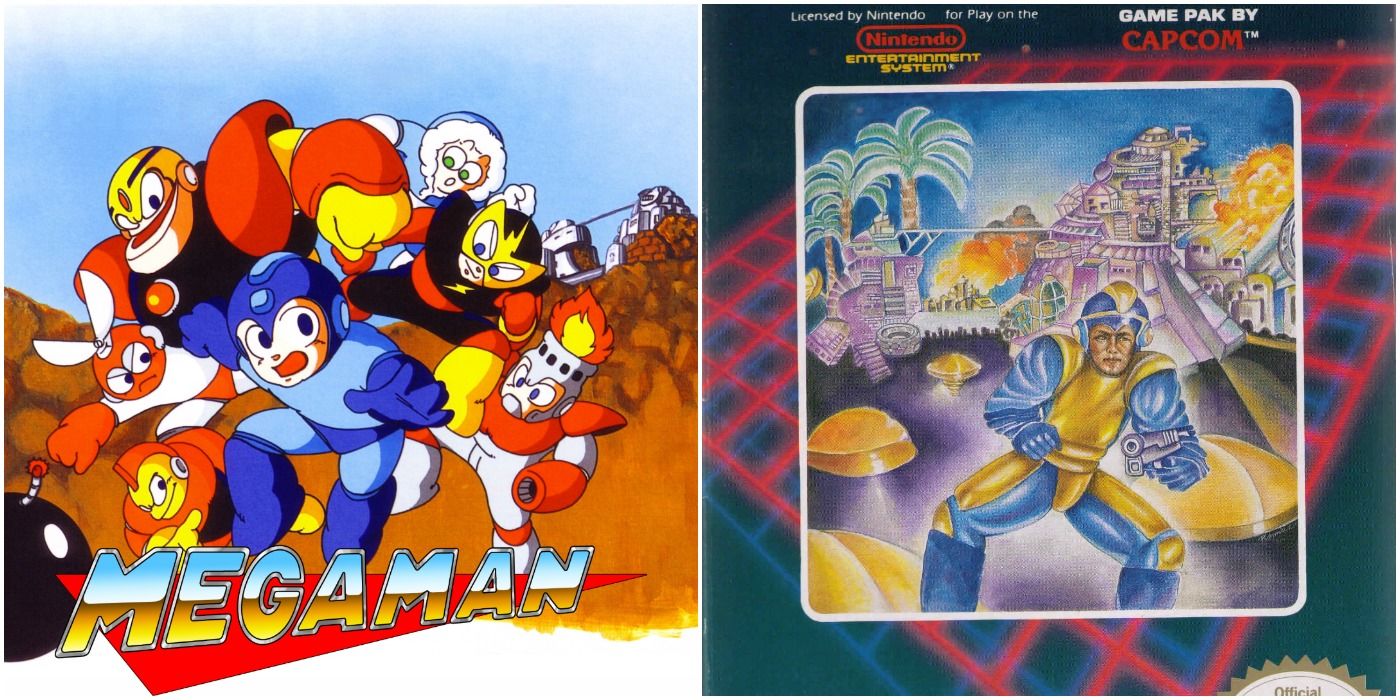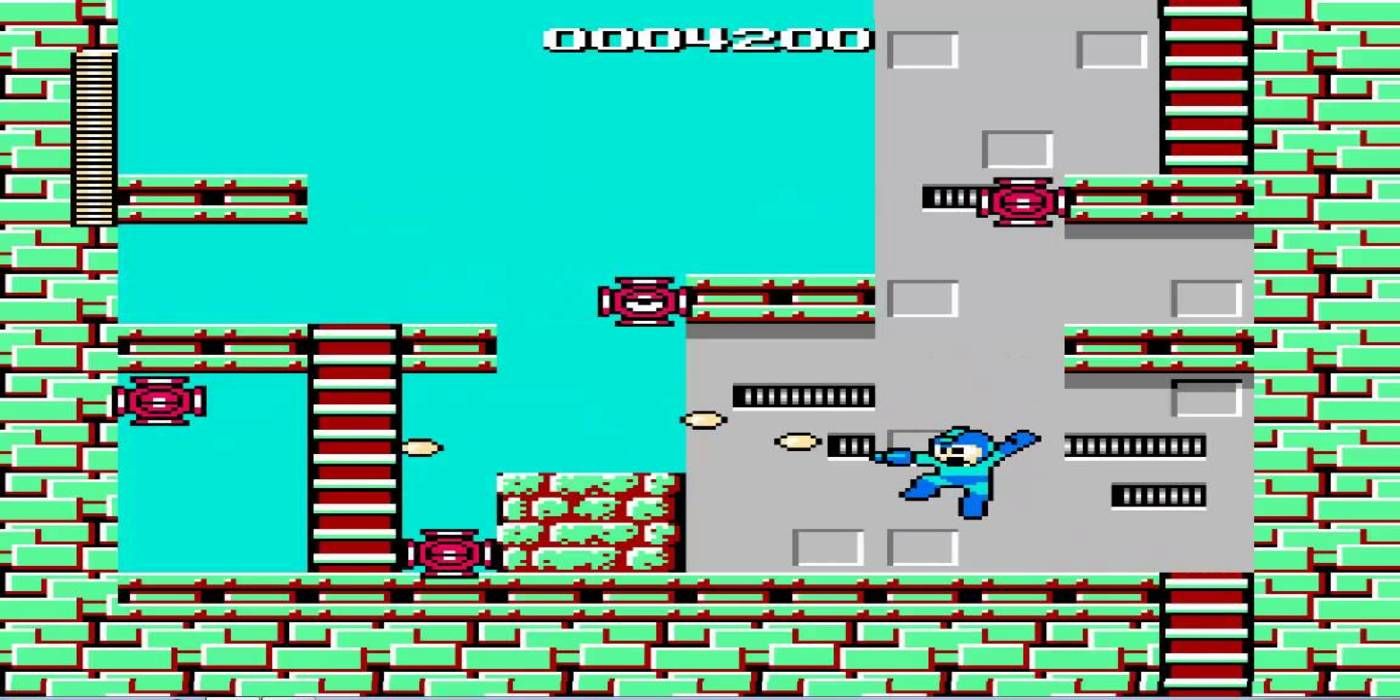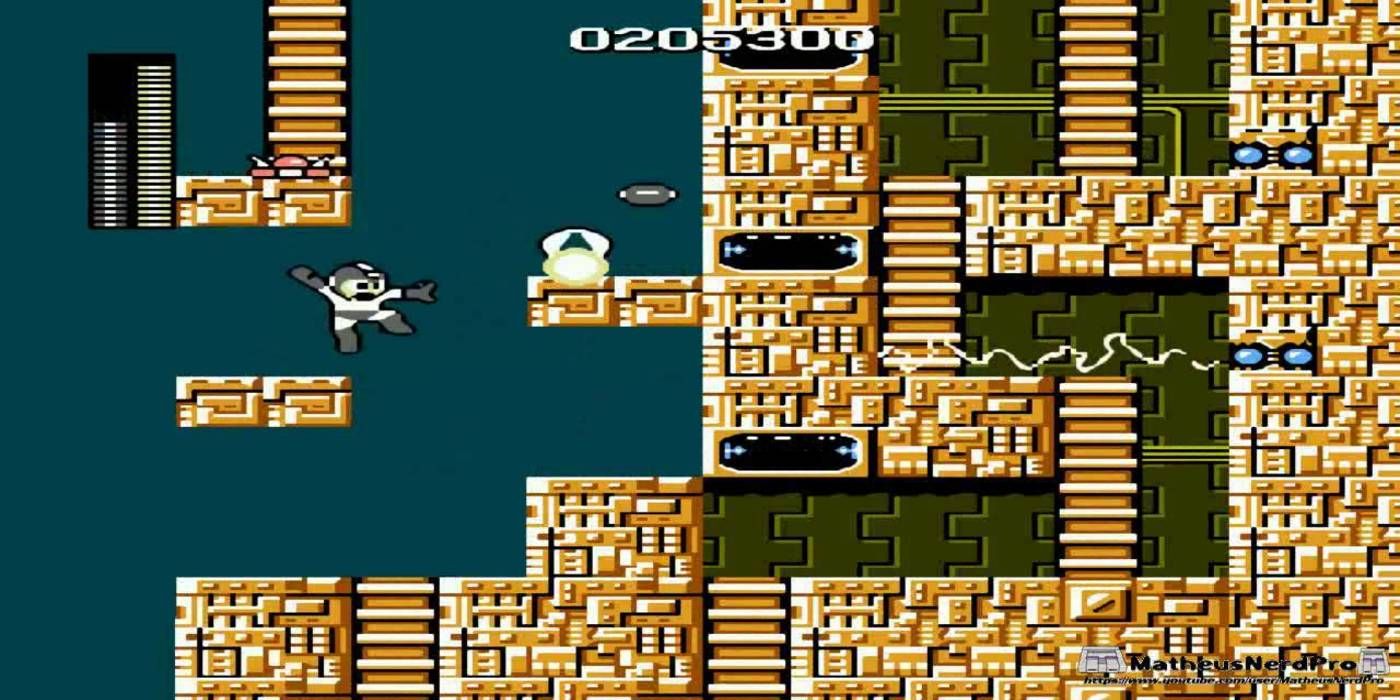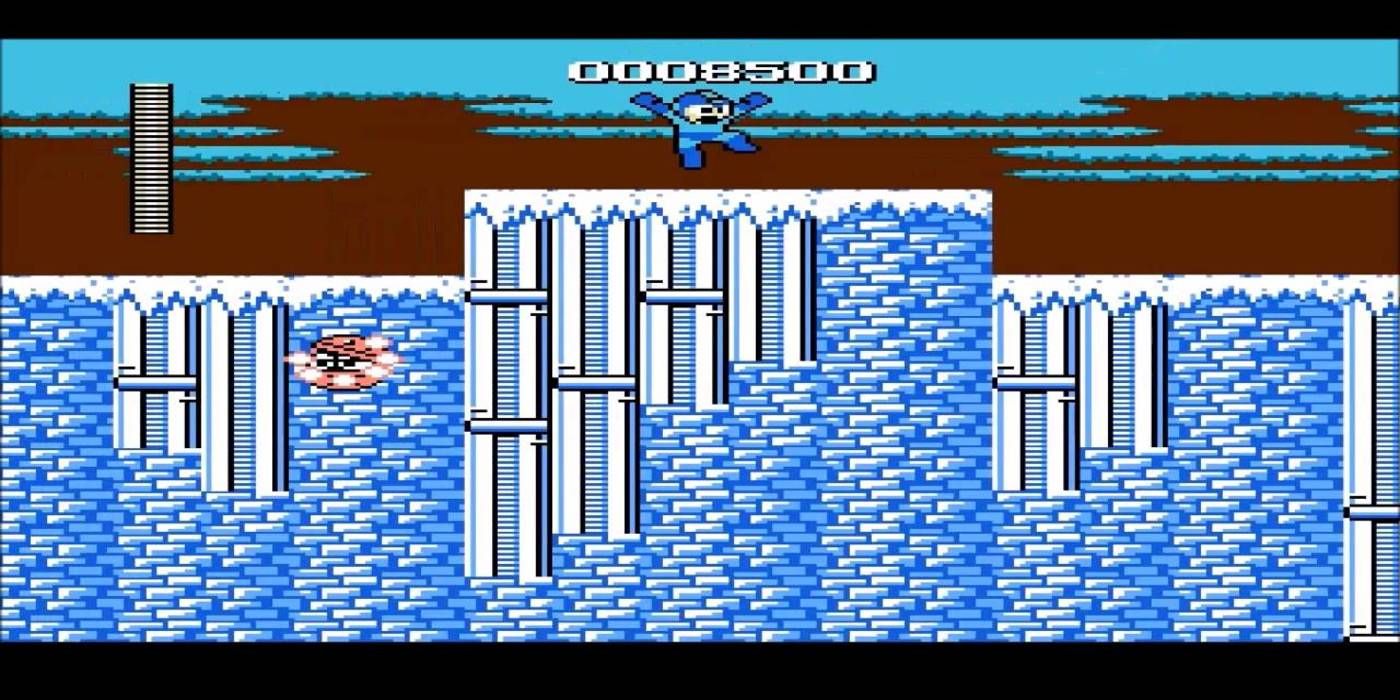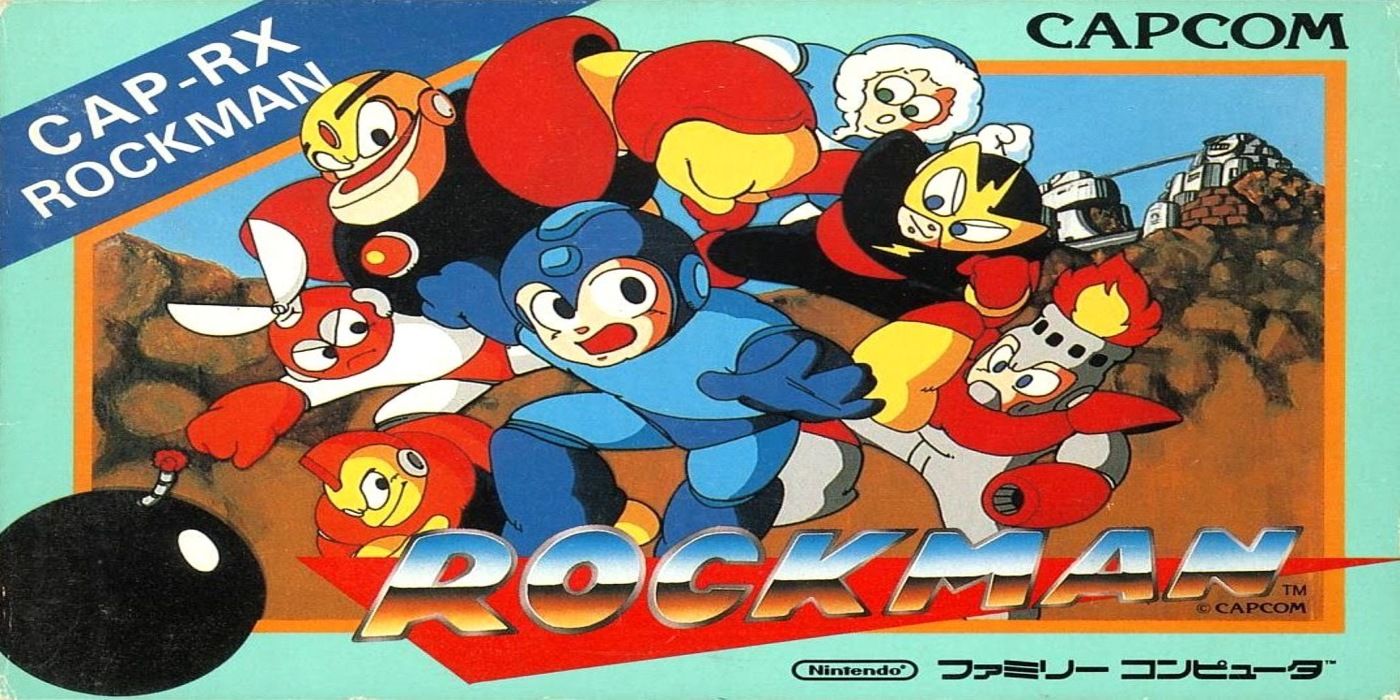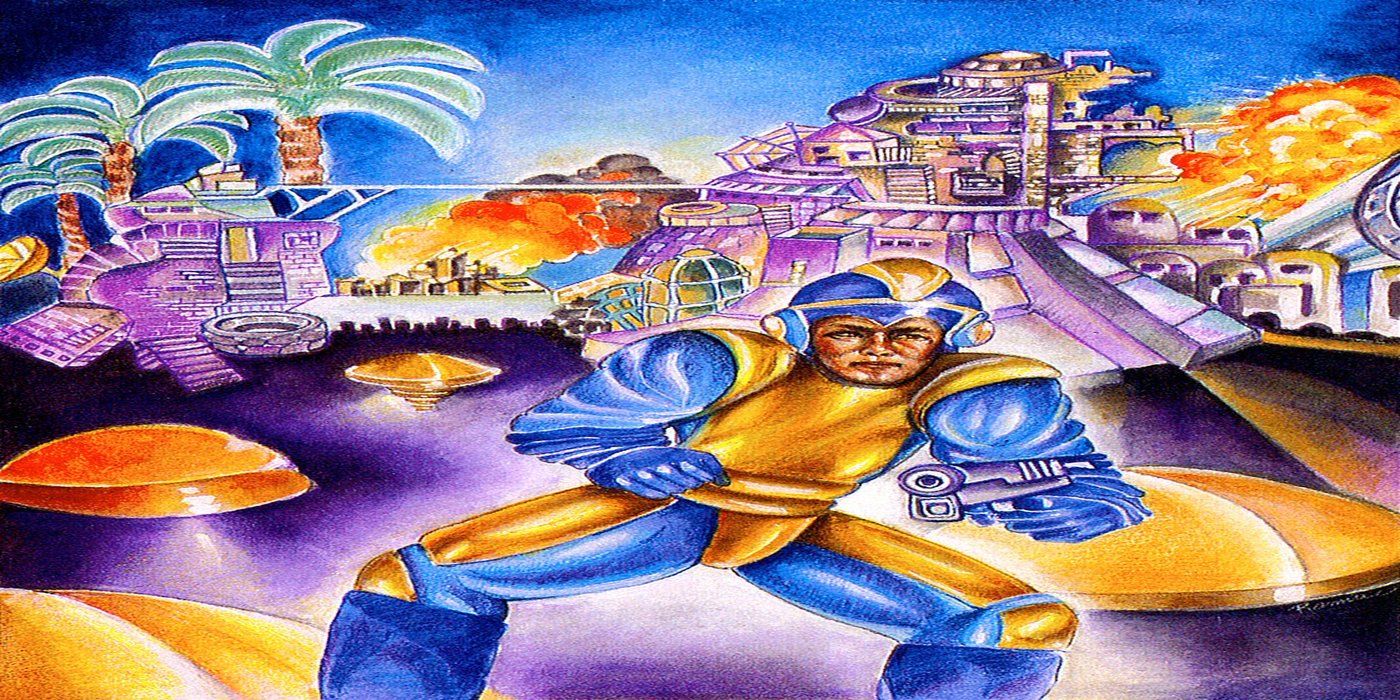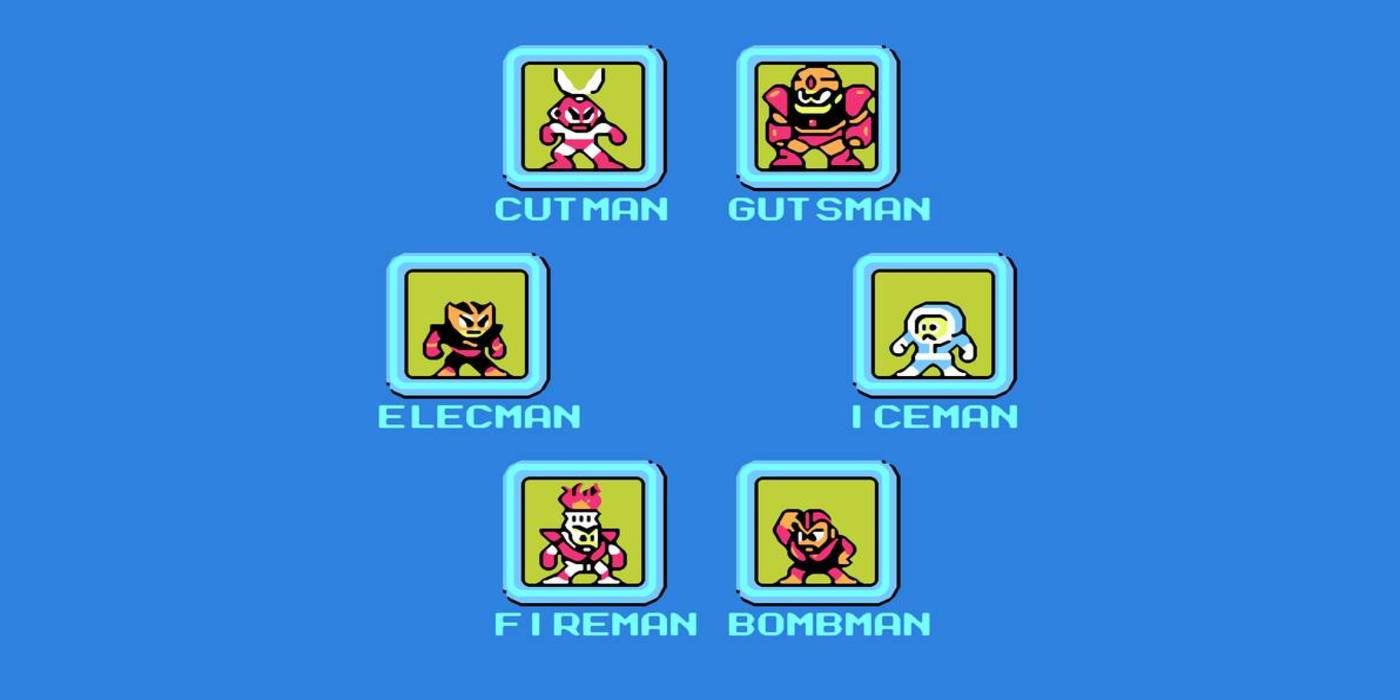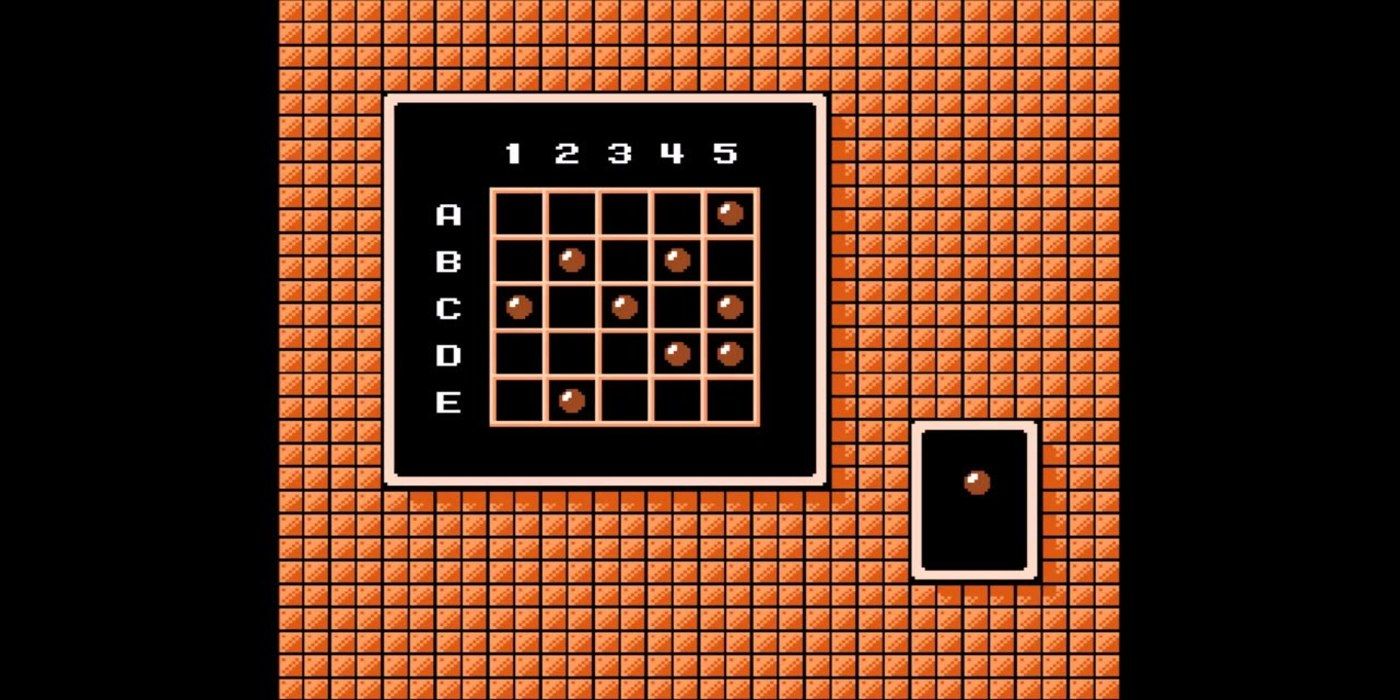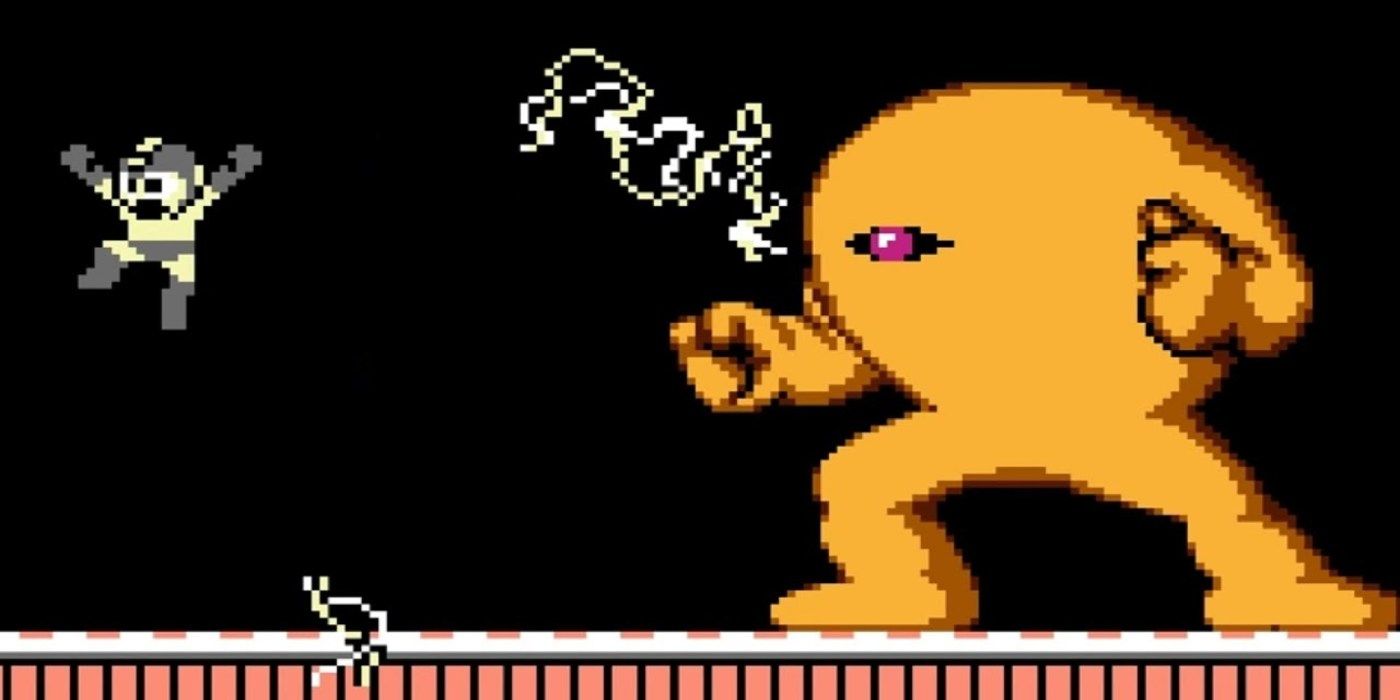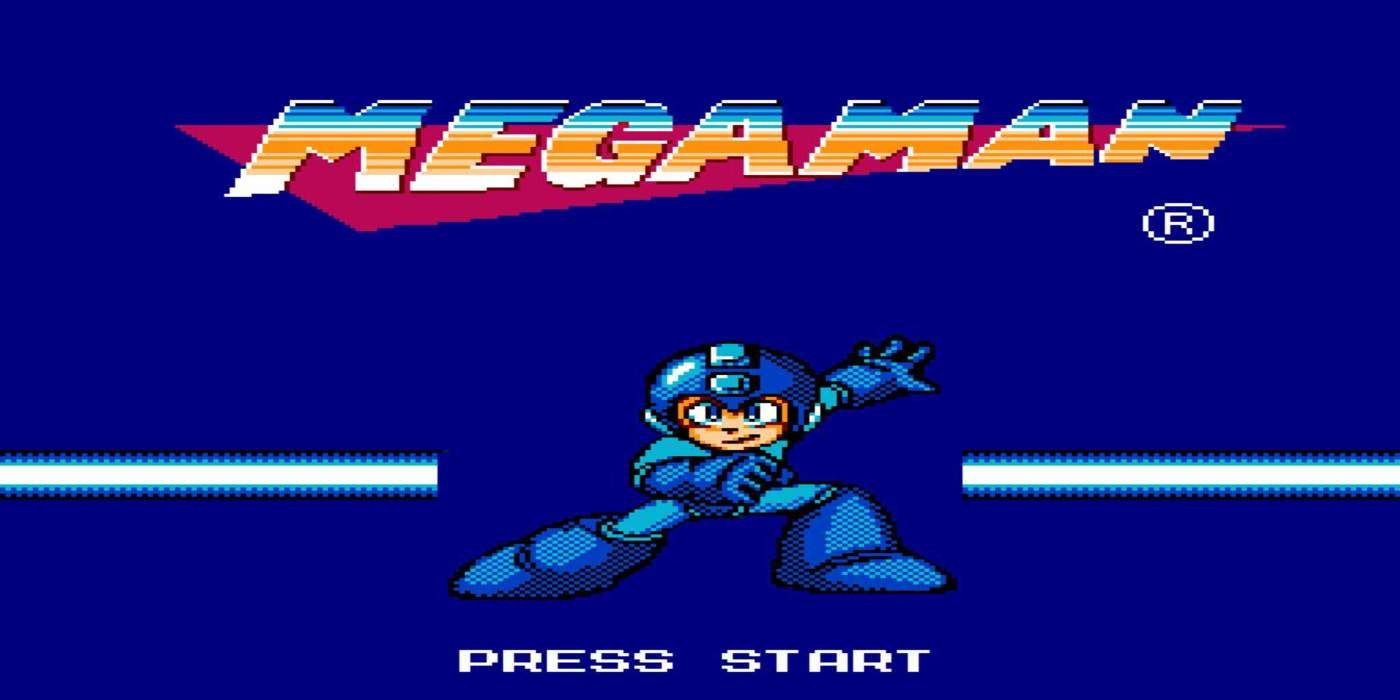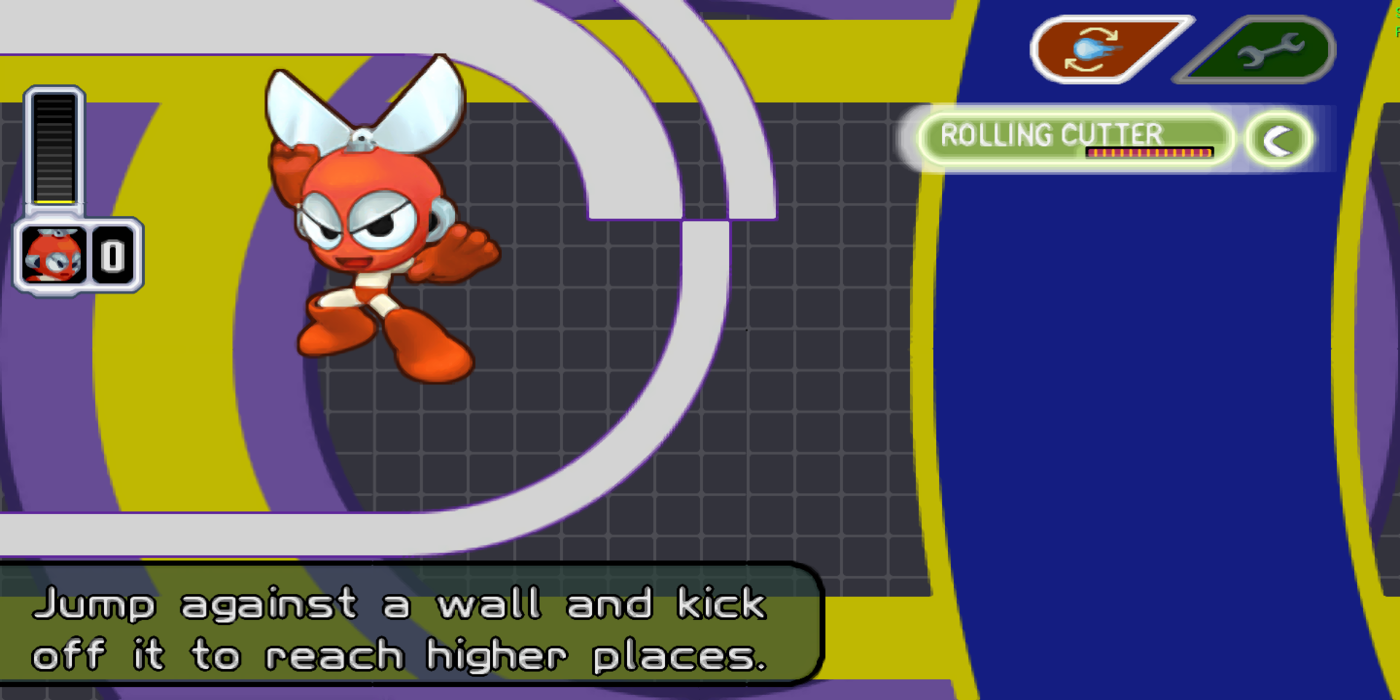Mega Man hasn’t exactly had the smoothest history. The series has never sold as well as some fans might believe, and time has not been particularly kind to the Blue Bomber. But Capcom seems to be turning things around. The Classic, X, and now Zero and ZX sub-series all have compilations, and Mega Man 11 was a genuine return to form.
All the same, the franchise doesn’t exactly look back on the first game all too often these days. For the most part, it was always Mega Man 2 that got the most fan attention, leaving the original Mega Man behind in the annals of history— an honest shame. Despite how dated and archaic the first game might feel today, there’s a lot of history packed into that cartridge.
10 Rock(man), Paper, Scissors
Rock, Paper, Scissors actually ties into Mega Man in two ways. The first, more obvious, way: Rockman, Rock, Paper, Scissors. The series’ naming convention is borrowed after musical concepts, but it’s hard to deny the Rock, Paper, Scissors convention in the name, especially when taking into consideration the game’s design.
Philosophically, the entire weakness chain system is based off of Rock, Paper, Scissors with there being no definitive best weapon/item/etc. The game’s actual balancing aside, the concept is sound and can be seen quite clearly in the first game’s design— especially since there are only six Robot Masters.
9 From Rockman To Mega Man
It can’t be stressed enough how laughably bad localization efforts were in the early days of gaming. Unlike the change from Dragon Quest to Dragon Warrior which was rooted in licensing issues, Capcom Consumer Product Division president, Joe Morici, had Rockman renamed to Mega Man because “the title was horrible.”
The character is still known as such decades later, but that’s still not a good reason to rename a character. It’s certainly unprofessional if nothing else. To Morici’s credit, Mega Man is still a series with (some) cultural relevance today, so who’s to say whether or not changing the name was a bad thing?
8 Mega Man The Mega Flop
Well, maybe the name change didn’t do any harm, but the incredibly rushed localization certainly did. Capcom didn’t expect Rockman to sell well, but it did well enough in Japan to earn a localization. Unfortunately, the localization was shoved out the door with incredibly rushed marketing and virtually no press coverage for the game.
It goes without saying, but Mega Man did not sell well outside of Japan. That said, the game reviewed fairly well, arguably even better than in Japan with several publications scoring the game higher than Famitsu did. Thankfully, Mega Man 2 would course correct the series brilliantly.
7 Keiji Inafune Hated The Original Art Style
As Mega Man was directly based off of Astro Boy, the first few games share a fairly similar art style with that of mangaka Osamu Tezuka’s. Early Mega Man characters are soft, round, and feature virtually no sharp lines or angles. Mega Man himself even looks like a variation of sorts on Astro Boy.
Interestingly, Keiji Inafune has discussed his disdain for the style in the past, finding it far too soft in retrospect. As the series progressed, Inafune would gradually adjust the franchise’s art style until settling on a refined look that still persists to this time (although Mega Man 11’s redesign will likely take precedence now.)
6 And Bad Box Art Mega Man
Hilariously enough, Keiji Inafune’s hatred of the series’ old aesthetic doesn’t end there. He rather famously claimed that he believed Mega Man suffered in the United States because of the abysmal box art. Capcom notoriously commissioned the box art in a single day, with the artist working on the final product for a total of six hours.
It makes perfect sense why Keiji Inafune would believe this, as well. First impressions do matter, and Mega Man’s box art was blatantly low budget. It didn’t have the elegance of The Legend of Zelda’s box, or the instant appeal of any of the Super Mario Bros. covers. It was just some middle-aged guy with a gun.
5 The Eight That Could Have Been
There only being six Robot Masters in the first game isn’t a design oversight. Capcom had actually intended the game to feature eight Robot Masters from the start like future entries would. Unfortunately, by the time the seventh Robot Master was designed, Capcom realized they’d only be able to fit six Robot Masters.
This led to the most recently designed Robot Master, Bond Man, from being cut. Of note, his design was never repurposed for future games and the only appearance he makes in an official Mega Man capacity is in Rockman wo Tsukutta, a manga that chronicles the development of the first game.
4 Points Instead Of Passwords
The Classic Mega Man franchise is well known for using a password system instead of traditional saving. Though, at the time, save systems wouldn’t have been traditional at all. For a while, at least, Mega Man’s password system did eventually overstay its welcome, but it actually didn’t originate until Mega Man 2.
The first game doesn’t have a password system whatsoever, requiring players to start over each time. Not just that, this more arcade-esque approach to the first Mega Man also brought with it a point system that never did return in the other games. If it’s between passwords and points, though, the former wins.
3 The Pause Trick
Mega Man veterans will swear by the pause trick, especially those lazier ones who’d rather get the Yellow Devil over and done with asap. Notoriously one of the hardest bosses in the game, the pause trick makes killing the Yellow Devil a much easier affair. By using Elec Man’s weapon, attack the Yellow Devil and then start pausing on and off.
Every time the game briefly unpauses, the Yellow Devil will take damage, but Elec Man’s attack won’t fade. This can tear into the Yellow Devil’s health pool in no time flat. What some might not realize is that this isn’t a Yellow Devil specific glitch. Go try it out with other enemies and assert some dominance over Dr. Wily.
2 The Wily Wars’ Unique Remake
For whatever reason, after developing the entire series thus far for the NES, Capcom decided to release a remake of the first three games for the Sega Genesis in a single cartridge called The Wily Wars. The game itself doesn’t run well physically, but it’s an incredibly ambitious game that can potentially be even better with emulation.
Not only are all three games fully remade, there’s a Wily Tower mode where players can mix and match weapons from all three games in order to fight brand new bosses. It’s easily one of the coolest bonus features in a Mega Man game. Thankfully, The Wily Wars was included with the Mega Drive/Genesis Mini.
1 Powered Up’s Extensive Remake
Along with The Wily Wars, the original Mega Man saw one other remake in the form of Powered Up. A PSP platformer, Powered Up added in two new Robot Masters, over a dozen playable characters, 100 challenges, the original game, and a full-blown level editor. It’s one of the most extensive remakes of all time and it’s absolutely bursting with content.
It also didn’t sell particularly well and its art style makes it jarring for some fans. All the same, it’s an incredible remake and arguably the definitive version of the original Mega Man. Being able to play as Proto Man alone is a big reason to play Powered Up. Plus, it’s also possible to play as all eight Robot Masters. It’s just an extensive game all around.

